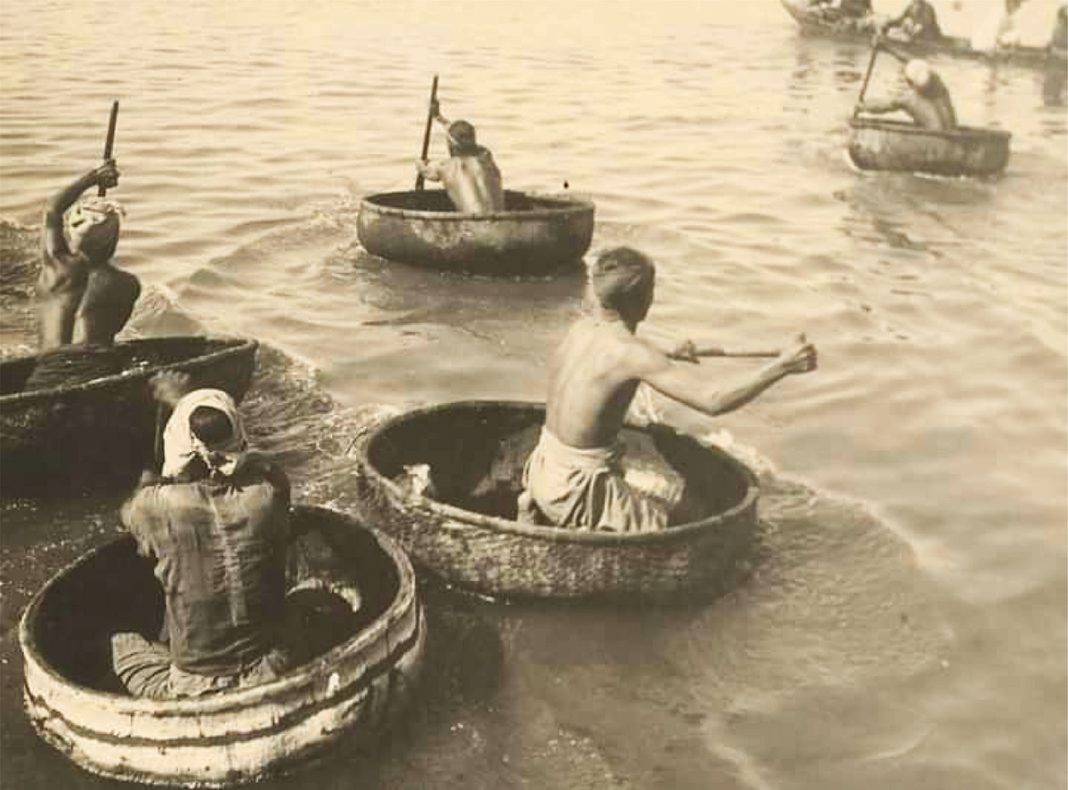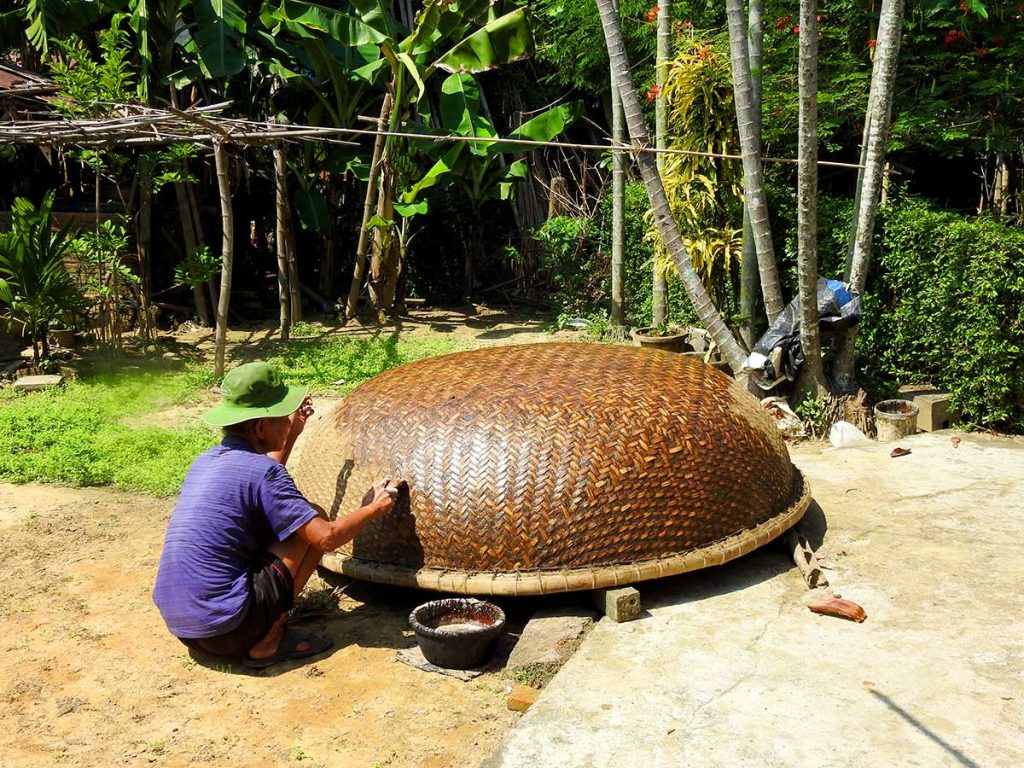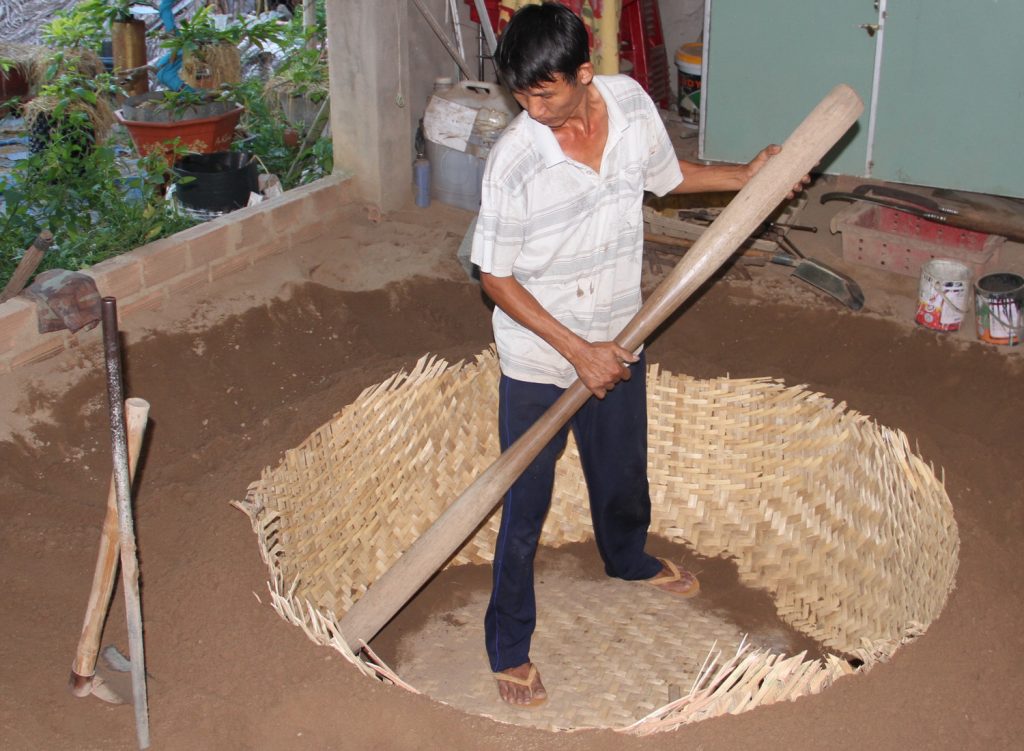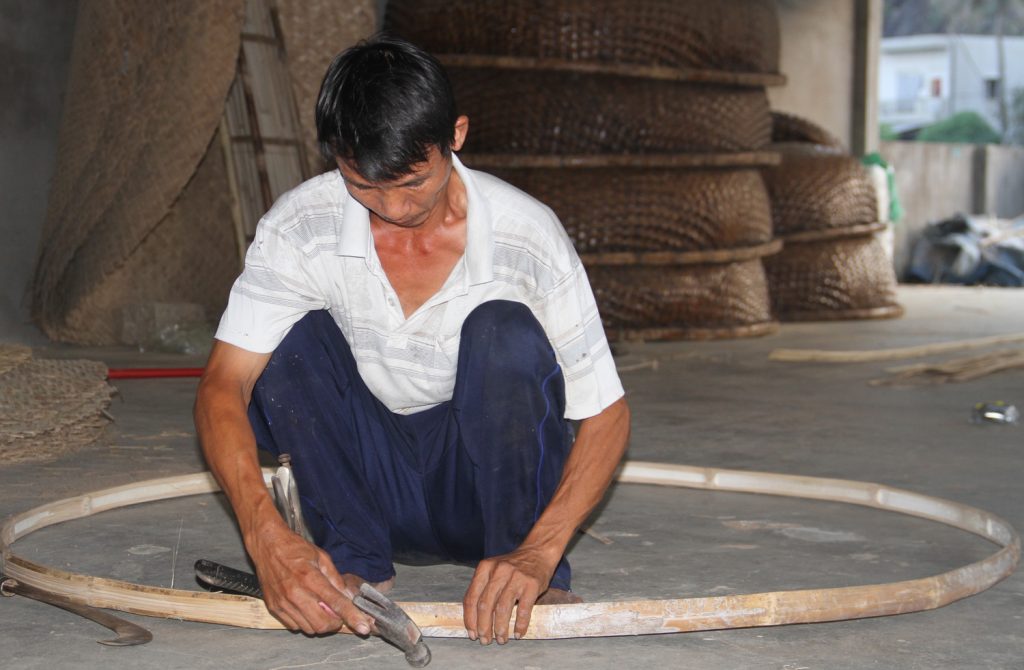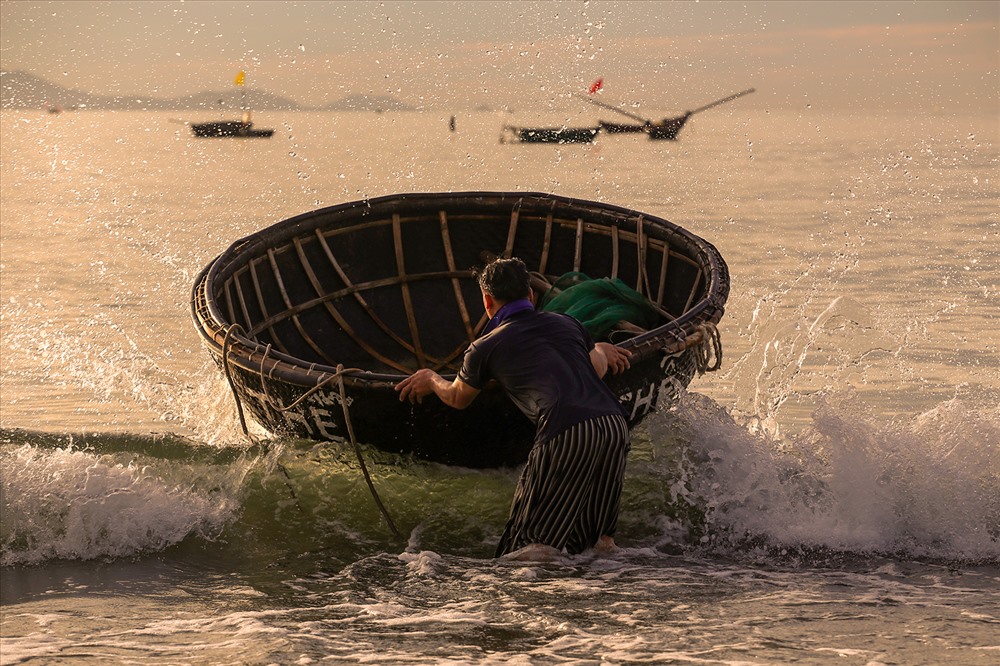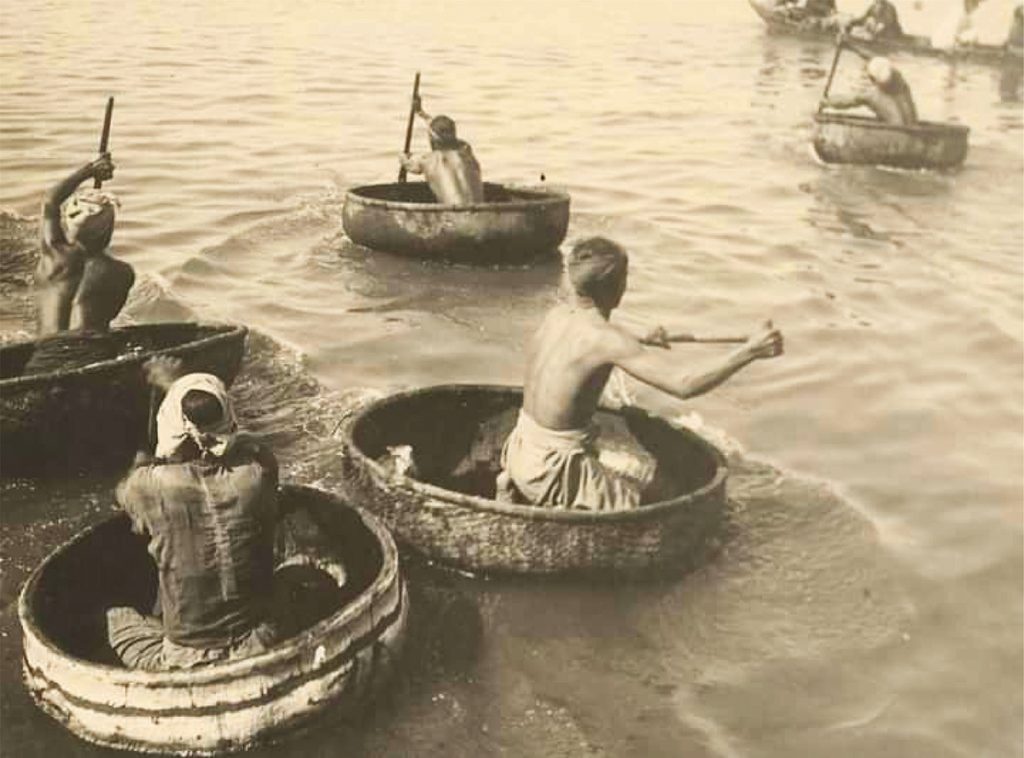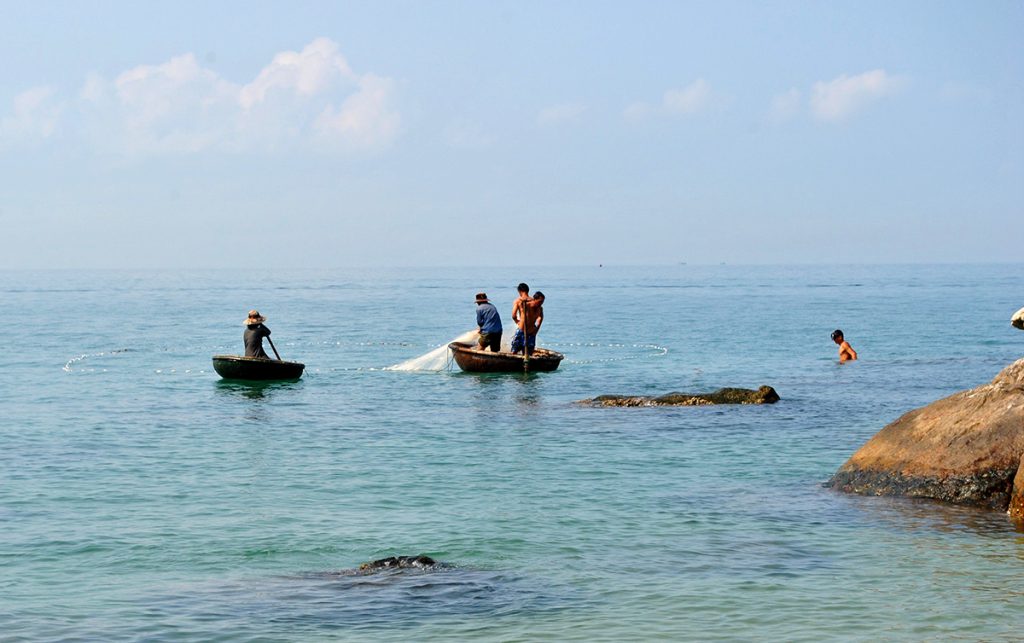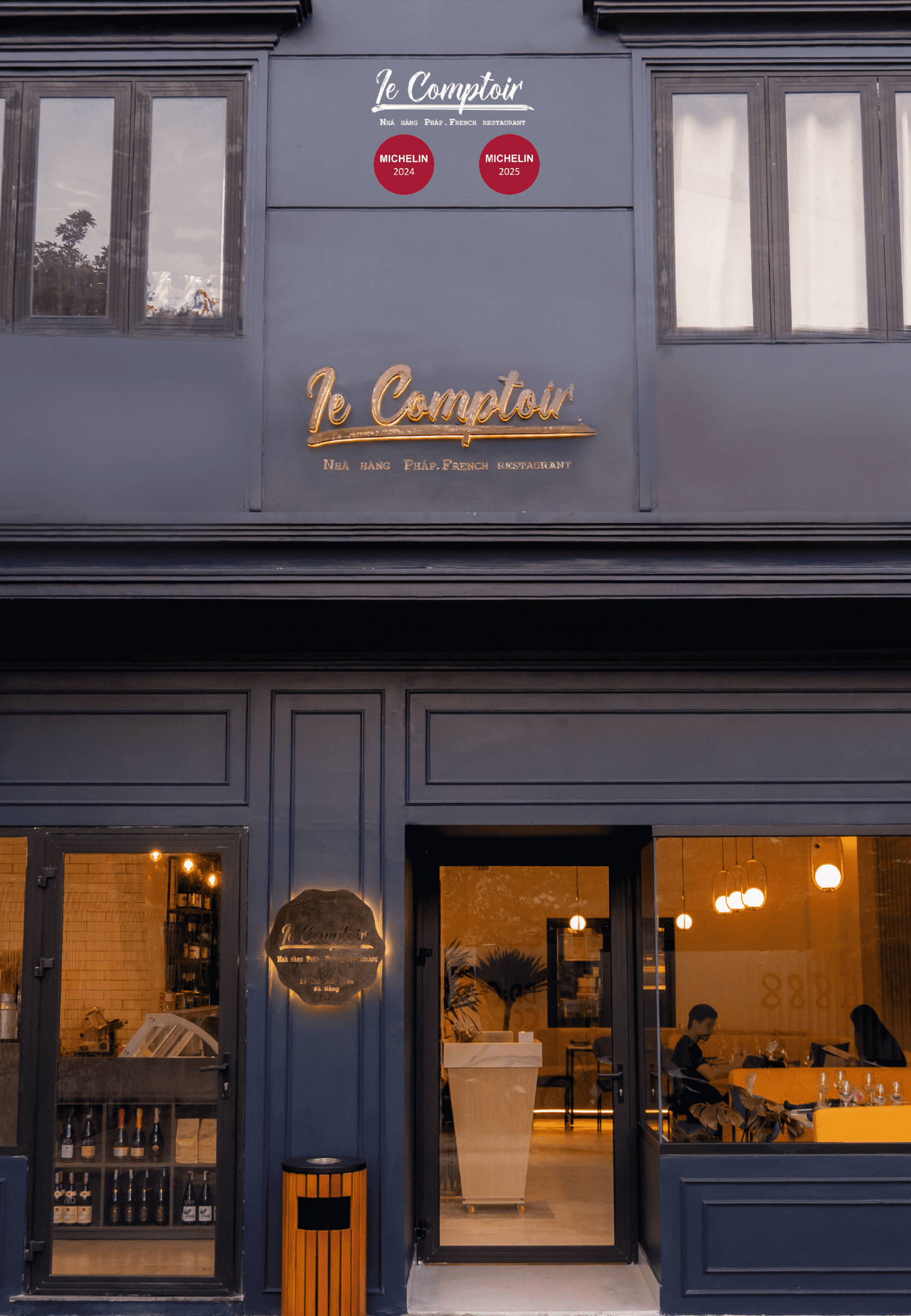The Thúng Chai, also known as the round boat or basket boat, is a distinctive form of watercraft traditionally used in Central and Southern Vietnam, particularly in Hoi An. With its unique circular shape and bamboo-woven structure, the Thúng Chai is not only a symbol of Vietnamese craftsmanship but also a testament to the country’s deep-rooted maritime heritage. While the exact origin of this iconic vessel remains uncertain, the Thúng Chai has become an essential part of Vietnam’s fishing communities and coastal culture.
What Is a Thúng Chai (Basket Boat)?
The term Thúng Chai is commonly used in the local dialect of Hoi An and throughout the Central and Southern regions of Vietnam. It refers to a round boat made of woven bamboo, sealed with natural waterproofing materials such as plant resin, lime, and cow dung. This ingenious design allows the boat to float steadily on water, resist capsizing, and navigate through rough waves making it a preferred tool for coastal fishermen and river communities.
Ancient Origins and Legendary Tales
Though historical documents do not specify when the Thúng Chai first appeared, Vietnamese folklore traces its roots back to the 10th century. According to an account cited by scholar Vũ Hữu San, General Trần Ứng Long serving under Emperor Đinh Tiên Hoàng crafted flexible bamboo boats to cross a river in pursuit of fleeing enemies. This early reference to bamboo boat-making highlights the Vietnamese people’s long-standing ingenuity with natural materials like bamboo and rattan.
While similar circular boats existed in ancient Mesopotamia, the Vietnamese basket boat stands out for its cultural uniqueness. Ethnographer Pierre Paris emphasized that Vietnam is likely the only nation to have developed and perfected this type of bamboo round boat. In his studies, he described how these boats were widely used along the coast from Đồng Hới to Vũng Tàu and referred to them explicitly as Thúng Chai, highlighting their role as a hallmark of Vietnamese maritime life.
Possible Influences from the Champa Kingdom
Another theory suggests the Thúng Chai may have originated from the ancient Champa civilization. The Cham people, known for their maritime skills, had a variety of boat types including the janưk patih, a round-shaped vessel. However, the connection between Cham boats and the Vietnamese basket boat remains inconclusive due to a lack of detailed descriptions or surviving traditions among the Cham today.
The bamboo used for weaving basket boats is typically grown locally, known for its excellent water resistance and high flexibility, making it ideal for crafting without becoming brittle or breaking. In the photo, a local artisan is shaping a Thúng Chai (basket boat). (Photo by tienphong news)
Evolution Through the Nguyễn Dynasty and French Colonial Period
Some researchers believe the Thúng Chai emerged more recently, during the Nguyễn Lords’ expansion of Central Vietnam. The region’s rugged coastline and large waves may have inspired local fishermen to develop a circular boat design capable of navigating turbulent waters more effectively. Others argue that the round boat gained popularity during the French colonial era when heavy taxes were imposed on traditional boats. The humble basket boat may have offered a tax-free alternative, helping poor fishermen survive economically.
Although these theories differ, what is clear is that the round boat was already present in Hoi An by the early 20th century. A 1924 photograph by Grossard, currently archived at the Quai Branly – Jacques Chirac Museum in Paris, shows a Thúng Chai race along a river, providing visual evidence of its longstanding use in Vietnamese communities.
Descriptions from French Scholars
In his 1943 publication Sailing Boats of Indochina, French maritime scholar J.B. Piétri offered a detailed account of the Thúng Chai, particularly in the port city of Da Nang. He described it as a small, lightweight, circular boat typically about one meter in diameter that was commonly carried on larger fishing vessels. These basket boats were used for various fishing tasks such as deploying and retrieving nets or lines near shore.
Piétri also highlighted the unusual method of rowing the Thúng Chai: instead of paddling in a straight line, users rotate the oar in a circular motion, creating a spinning effect that propels the boat forward. In some areas like Bình Định, even children are known to navigate them by rhythmically shifting their weight an example of the boat’s intuitive design and adaptability.
Craftsmanship and Construction
The process of building a Thúng Chai is both meticulous and rooted in tradition. Artisans create a bamboo frame, weave the body using thin bamboo strips, then apply a sealing mixture made from tree resin, powdered lime, and cow dung. The final layer is coated with dầu rái (shorea tree oil), which acts as both a waterproofing agent and protective polish. This construction method ensures the basket boat’s resilience in both river and ocean environments.
Despite its simplicity, the Thúng Chai is highly effective, often used even in stormy seas where it displays a surprising resistance to waves and seasickness. It is not uncommon to see these boats being used around anchored fishing vessels for tasks such as setting lines or retrieving nets sometimes by children who maneuver them with playful ease.
The Cultural Significance of the Thúng Chai
The Thúng Chai is more than just a watercraft it is a living symbol of Vietnamese coastal culture. As a product of Vietnam’s wet rice civilization and bamboo craftsmanship, the basket boat embodies both the practicality and creativity of the Vietnamese people. Its origins are closely tied to everyday life: from transporting rice and food in bamboo baskets to navigating rivers and coastal waters in bamboo boats, the transition feels like a natural evolution.
Whether it was born out of necessity, taxation avoidance, or ingenious experimentation, the Thúng Chai has secured its place as an irreplaceable part of life in Hoi An and across Vietnam’s central coastline. It represents not only the craftsmanship and adaptability of Vietnamese artisans but also the enduring relationship between the people and their waterways.




